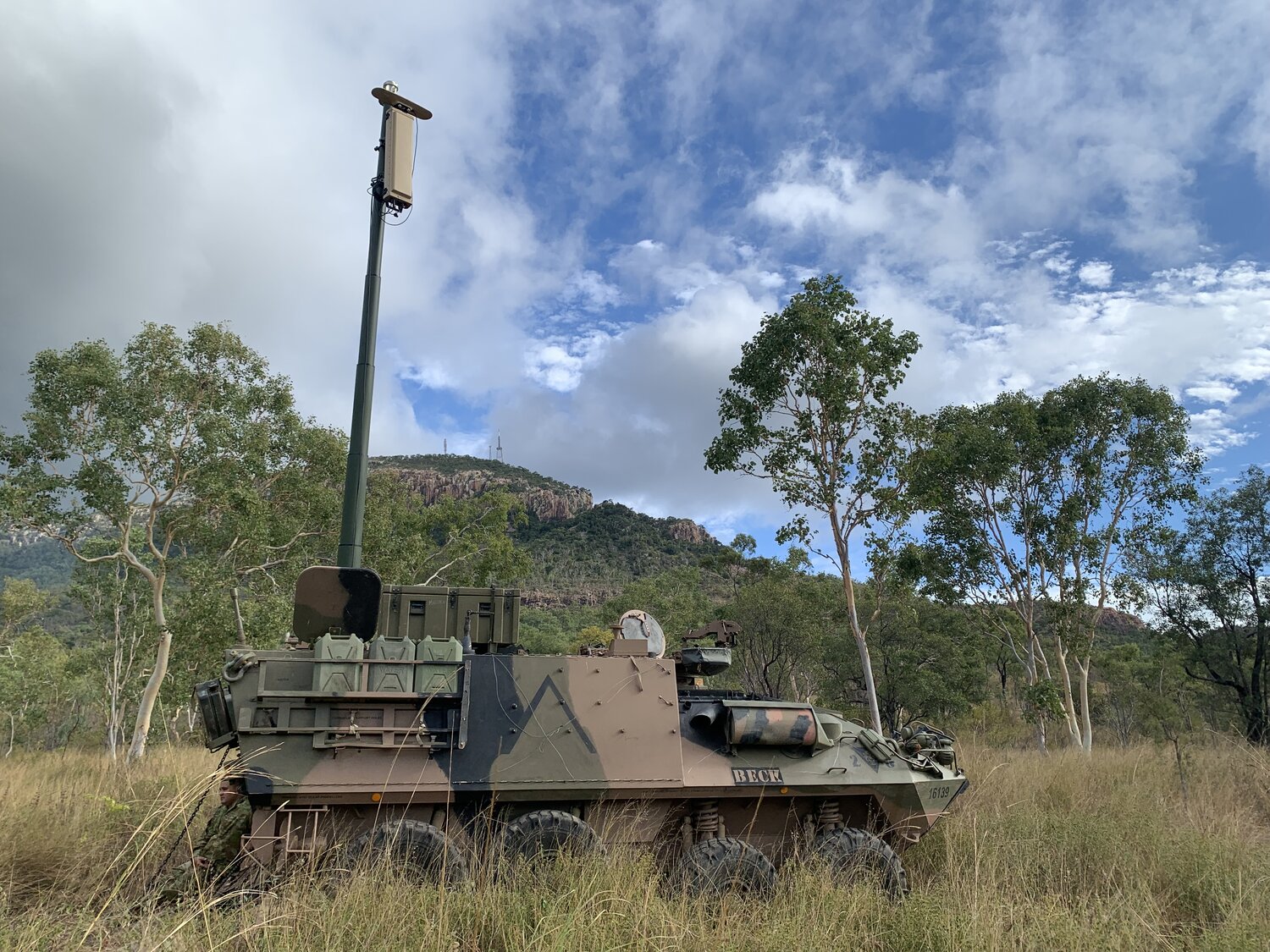There was a recent article in the Australian my apologies for not being able to present it as I am well away from the computer and using the phone , that more than suggested there was minimal interest in anti drone technology particularly by the R.A.N even U.S.N carriers have had Iranian drones loiter over them , perhaps there exists a program to develop such anti drone capability for the navy ,and would sensors need upgrading to detect small and slow flying drones that may be capable of attack . I'm not sure the LHDs have such
The Canberra Class are fitted with SAAB Sea Giraffe AMB naval radars, which among other capabilities provide counter-UAS capabilities through their “ELSS” function (enhanced low, slow and small sensing and tracking function). Additionally each ship is fitted with SAGEM ‘staring’ infra-red search and track systems and Rafael EO/IR sensor balls, all stitched together by the 9LV combat system meaning that air-sea surveillance around the ships, is pretty tight.
The Sea Giraffe AMB is designed to be an efficient medium-range radar which offers outstanding performance in both littoral regions and blue waters.

www.saab.com
If there is a capability gap, I’d suggest it is in the electronic (ie: non-kinetic) interception space, something ADF is at least aware of, as seen with the current ‘drone shield’ trial being conducted by Army’s 2nd Cavalry Regiment. The development of response options I would forsee would inevitably follow-on from such trials, but could be rapidly supplemented by “Dronegun” type systems which have been employed by ADF personnel on operations, already.
DroneShield Ltd is pleased to advise that it has sold a quantity of its RfOne MKII long-range sensors to the Australian Army. Learn more

www.droneshield.com
In terms of C-UAS kinetic engagement, they are reasonably well placed already with 25mm guns and numerous 12.7mm guns, but I suspect as years go by an upgrade to RAN’s clearly preferred new generation medium calibre gun system - Typhoon Mk30C 30mm system might be on the cards, which opens up options for air-bursting munitions (KETF / KEET) and proximity fused ammunition natures which appear more suited to C-UAS operations.
Overall, this class is actually pretty well equipped for this sort of threat. Other more traditional military threats, remain dubious with the nascent Phalanx upgrade program, seemingly in no hurry whatsoever to equip the LHD’s, when originally a 2018/19 timeframe was planned…



